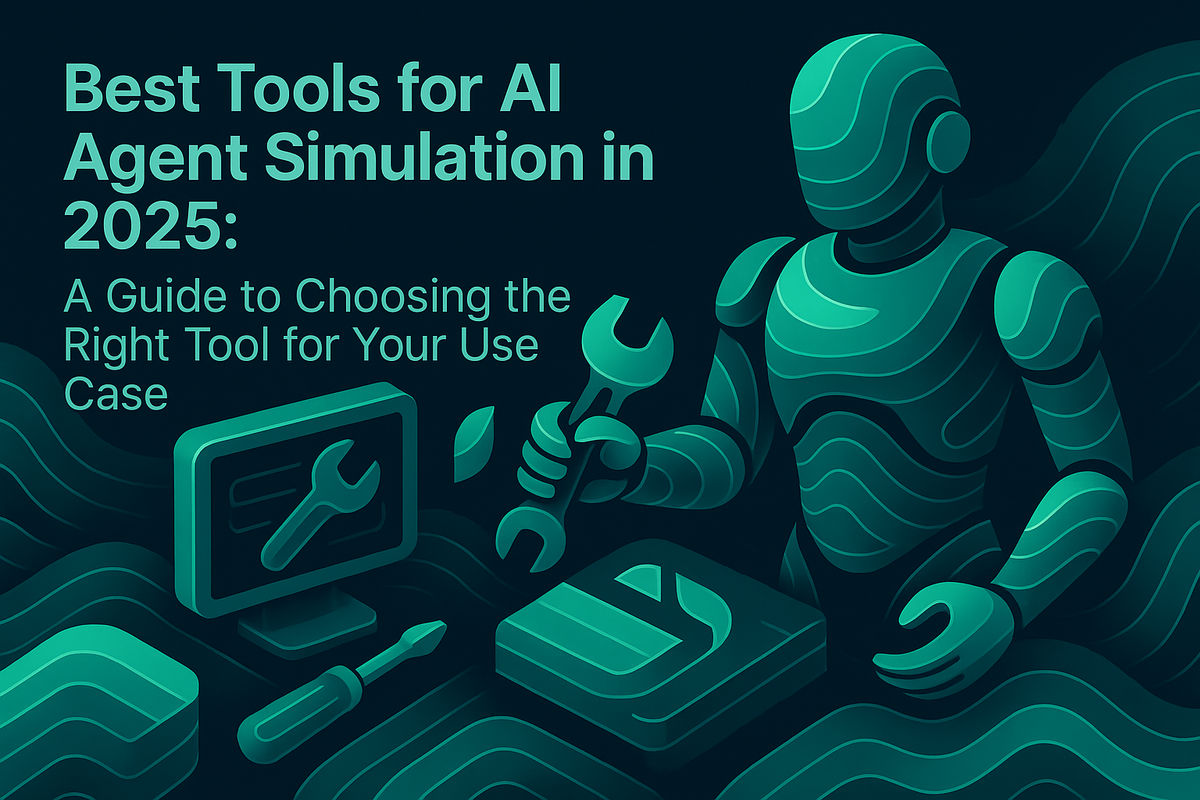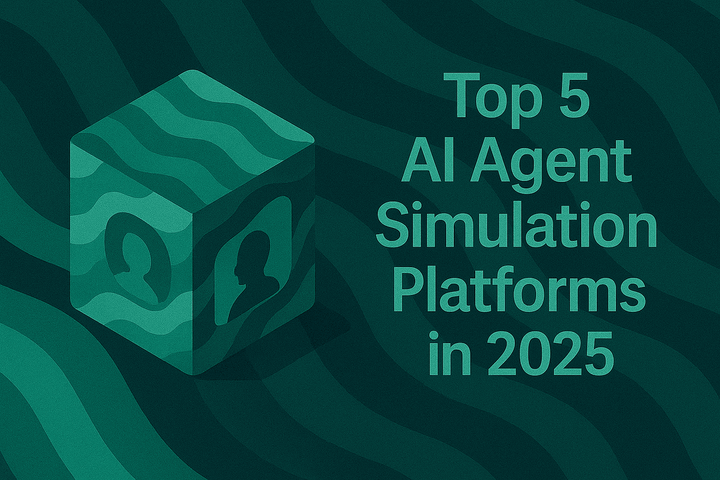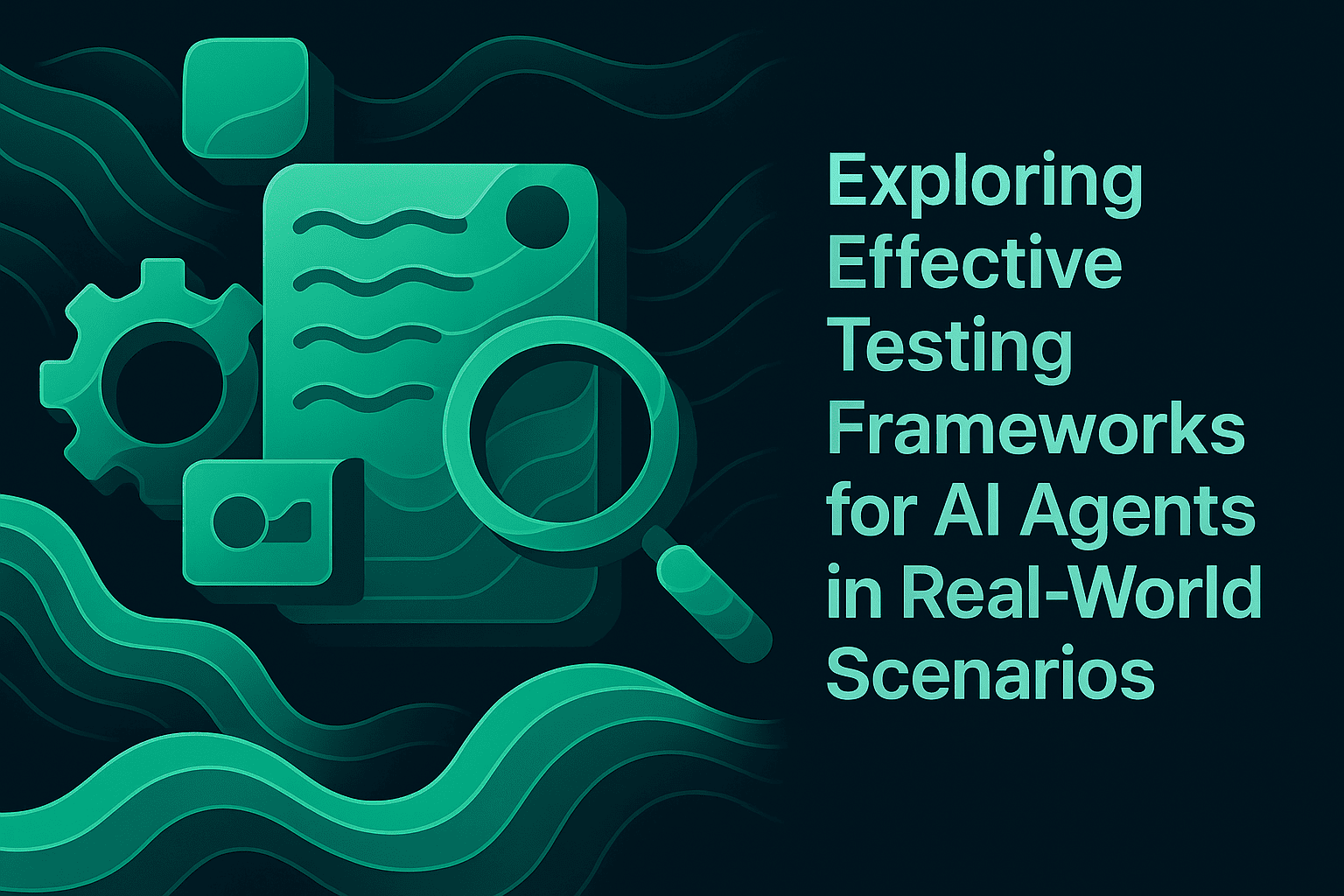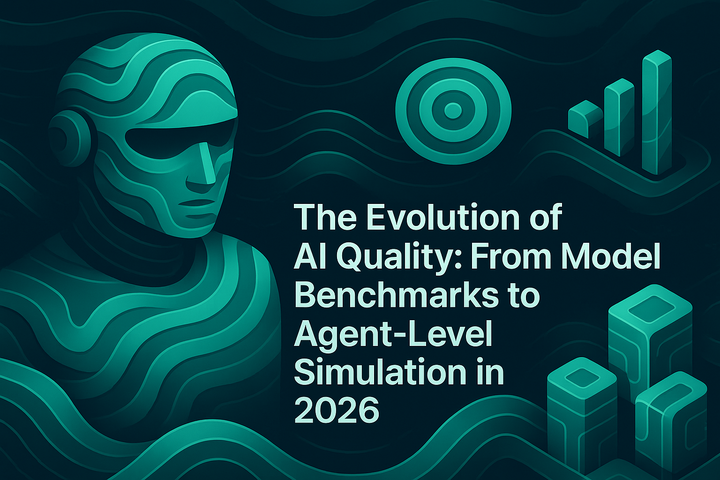Best Tools for AI Agent Simulation in 2025: A Guide to Choosing the Right Tool for Your Use Case

As AI agents support more customer interactions, operational workflows, and multi step tasks, the need for predictable and reliable behavior increases sharply. A single incorrect reasoning step, an invalid tool call, or a loop that never terminates can disrupt user experience or create compliance-related exposure. This has made AI agent simulation, such as the approach used in Maxim AI’s simulation framework, a critical workflow step for any team preparing agents for production deployments.
Simulation gives teams a controlled space to observe how agents behave across entire workflows before anything reaches real users. Instead of checking a single response, teams can evaluate how an agent interprets intent, calls tools, handles context, and responds to edge cases. The remainder of this guide explains the foundations of agent simulation, core evaluation capabilities, and what differentiates platforms like Maxim AI, CrewAI, LangSmith, Parloa AMP, and Microsoft AutoGen.
What AI Agent Simulation Is
AI agent simulation creates structured environments designed to mimic real user interactions. Whereas traditional prompt testing evaluates an individual model output, simulation examines the full chain of reasoning and actions across a conversation or task.
Simulation environments usually consist of several core components.
Scenario Modeling
Scenario modeling involves designing representative test flows that resemble real world usage. These can range from straightforward information requests to ambiguous multi step tasks or rapid context shifts. Foundational concepts related to simulation design are well documented, including general simulation theory in resources like the Wikipedia overview on simulation.
Tool Call Verification
Many agents in production rely on tool calls such as API functions, retrieval steps, or domain specific actions. Simulation verifies that the agent chooses the appropriate tool, provides valid parameters, and processes responses correctly. Maxim supports tool and reasoning inspection through its observability and tracing features, which capture step-level details used during debugging and evaluation.
Intent Coverage
A strong simulation suite must evaluate an agent’s ability to handle varied types of user intent. This includes ambiguous requests, contradictory instructions, incomplete tasks, and sudden context shifts. Background on intent modeling is widely available, such as general definitions of user intent.
Feedback and Evaluation Integration
Once simulations are executed, teams need a way to score quality and consistency. Evaluation might involve deterministic checks, statistical scoring, LLM based judges, or human feedback. Maxim provides a comprehensive evaluator library within its evaluations framework. This lets teams combine AI driven scoring, rule based logic, and human annotation in a unified workflow.
Simulation brings reasoning failures, retrieval errors, and tool call issues to the surface before they can affect production traffic.
Why Simulation Matters in 2025
AI agents are increasingly deployed in customer support, logistics automation, financial operations, compliance workflows, and internal knowledge systems. As responsibilities expand, the potential impact of errors grows accordingly.
Common issues seen in real deployments include:
- Sensitive information leakage due to ungrounded answers
- Repeated tool call failures leading to broken workflows
- Infinite or long running reasoning loops
- Inconsistency in responses that degrades user trust
Simulation reduces these risks by providing a structured environment to test large scenario sets, compare agent versions, and validate stability before release.
Industry guidance emphasizes the importance of observability and evaluation in this process. Resources such as the Hugging Face introduction to agent observability and Azure’s discussion of observability best practices highlight the need for deep trace visibility, metrics, scoring, and systematic debugging to ensure reliable agent behavior.
Core Capabilities of Effective Simulation Platforms
Support for Multi Step and Multi Agent Flows
Agents often execute sequences of operations rather than single responses. Simulation platforms must support multi step workflows and in some cases multiple agents collaborating across tasks.
Fine Grained Evaluation
Effective evaluation requires scoring outputs at multiple levels. This may include session level metrics, trace level metrics, or span level checks. Maxim makes this possible with its Flexi Evals system, which attaches evaluators at the appropriate layer depending on context.
Observability and Tracing
To diagnose reasoning errors or unexpected decisions, teams need full visibility into what the agent is doing. Maxim provides this through its observability suite, enabling trace exploration, tool call inspection, and latency analysis.
Dataset Generation and Curation
Simulation quality depends heavily on the dataset powering it. Teams need curated, versioned sets of examples sourced from production logs or synthetic data. Maxim supports dataset creation and management through its dataset tooling.
Framework and SDK Compatibility
Simulation platforms must work with the frameworks and languages teams already use. Maxim integrates with Python, TypeScript, Java, and Go through its SDK suite, making it adaptable to varied environments.
Metrics That Matter in Agent Simulation
Commonly used metrics include:
- Task success rate
- Completion time
- Tool error frequency
- Loop detection
- Latency
- Quality drift
- Human preference ratings
These metrics align with conventional goals found in general evaluation literature such as software testing principles.
Platforms that let teams attach metrics to individual spans, full traces, or complete sessions provide clearer insights into root causes.
Challenges in Building and Running Simulations
Organizations face several obstacles when adopting simulation:
- Fragmentation across prompt tools, evaluation systems, and monitoring stacks
- High compute cost for large scenario inventories
- Difficulty keeping pre release environments aligned with production
- Slow cycles when human evaluators are required
Maxim addresses these pain points by connecting experimentation, simulation, evaluation, and observability through a unified set of tools described in its simulation documentation.
Tool by Tool Breakdown
Maxim AI
Maxim provides an integrated environment for prompt experimentation, scenario simulation, evaluation, and observability. It offers scenario based testing, trace level inspection, dataset workflows, and a large evaluator library while supporting cross functional collaboration between engineering and product teams.
CrewAI
An open source framework that enables multi agent orchestration. It is well suited for experimentation and architectural exploration but does not include a built in simulation environment, evaluation tooling, or observability stack.
LangSmith
Designed for LangChain based applications. It supports tracing, replay, and comparison of conversations. It is not intended for large scale scenario simulation or full production lifecycle monitoring.
Parloa AMP
A platform focused on conversational and voice specific customer service workflows. It provides strong flow testing capabilities but is limited for broader LLM agent or tool based systems.
Microsoft AutoGen
An open source research oriented framework for multi agent communication. Although highly flexible for experimentation, it lacks built in simulation, evaluation pipelines, or observability features.
Comparison Table
| Platform | Simulation Support | Strengths | Limitations |
|---|---|---|---|
| Maxim AI | Full lifecycle | Simulation, evaluation, and observability together | Broader scope requires onboarding |
| CrewAI | Orchestration only | Multi agent role coordination | No evaluation or monitoring |
| LangSmith | Tracing focus | Debugging for LangChain applications | Not a scenario simulation engine |
| Parloa AMP | Conversational | Voice and customer service testing | Limited outside dialogue workflows |
| AutoGen | Research grade | Flexible experimentation | Not production ready |
Choosing the Right Tool for Your Use Case
Select a platform based on your maturity and operational requirements. CrewAI and AutoGen are useful for early stage experimentation and architecture exploration. LangSmith fits teams deeply invested in LangChain. Parloa AMP supports voice and contact center use cases. For production level reliability, a platform like Maxim AI provides unified simulation, evaluation, and observability in a single environment.
Conclusion
AI agent simulation has become essential for delivering reliable agents in operational environments. While CrewAI, AutoGen, LangSmith, and Parloa AMP serve specific functions, Maxim AI offers a unified stack for simulation, evaluation, and observability that supports teams preparing agents for real world use.
Ready to Test Your Agents?
You can get started immediately by signing up for Maxim. or taking a demo here!


